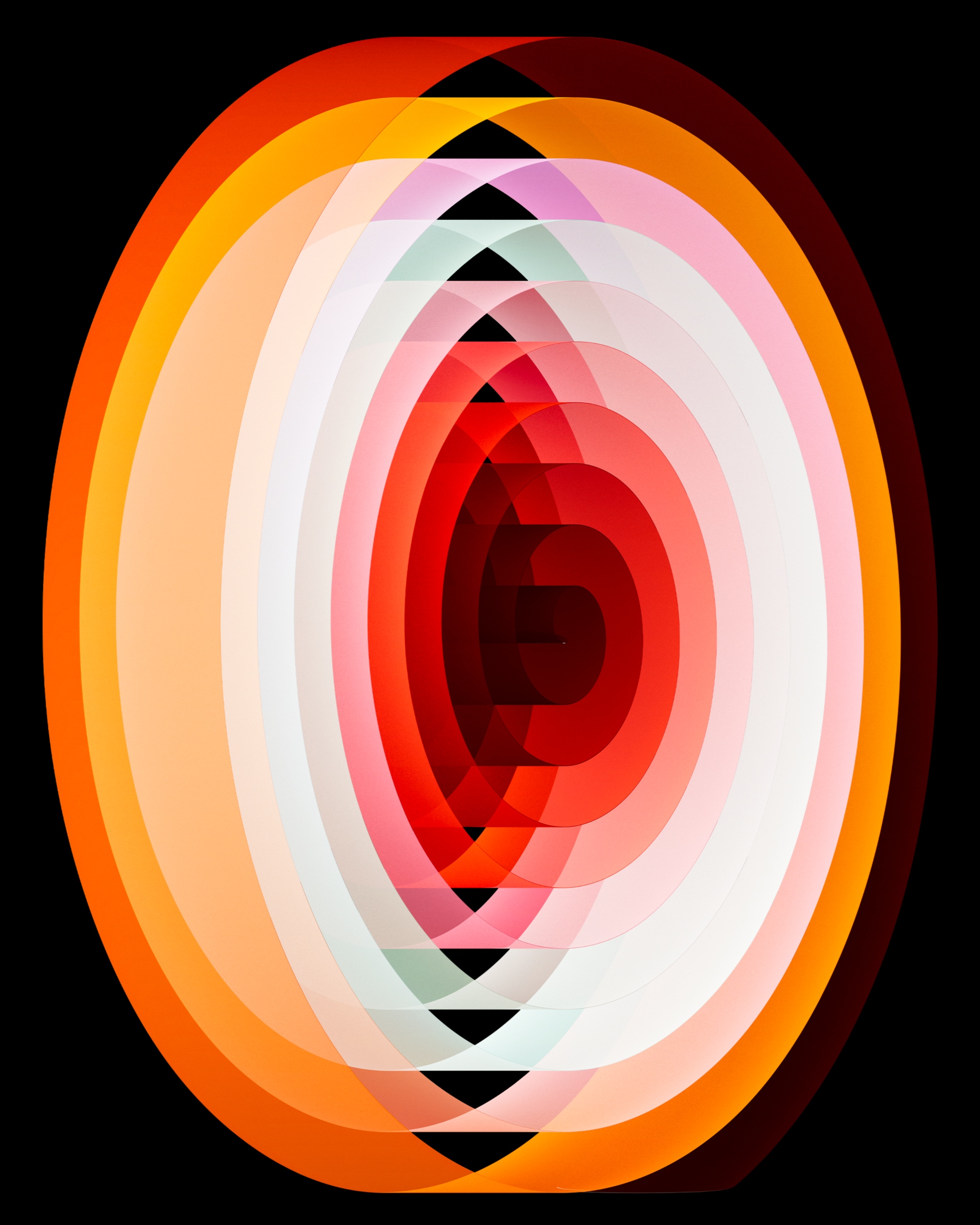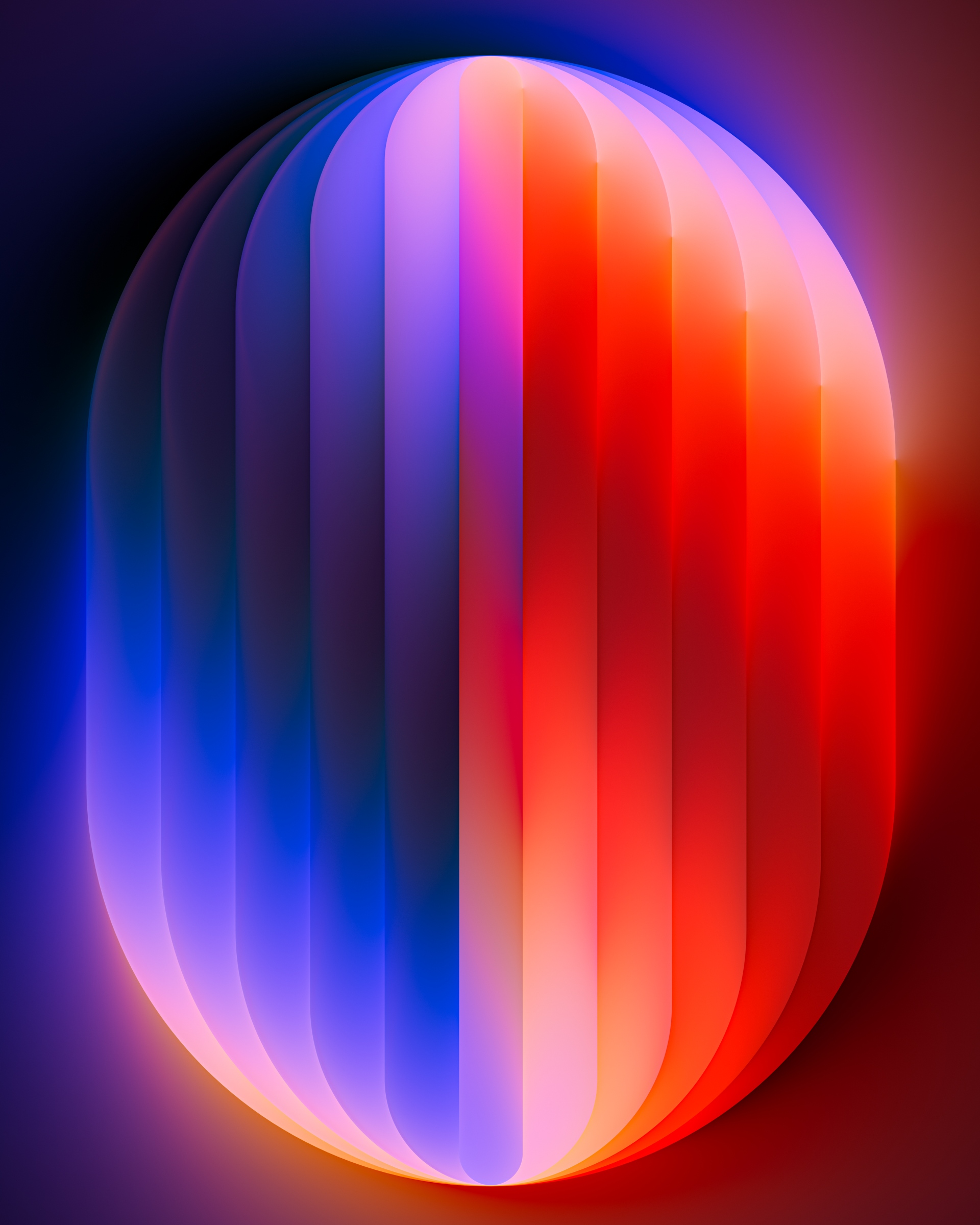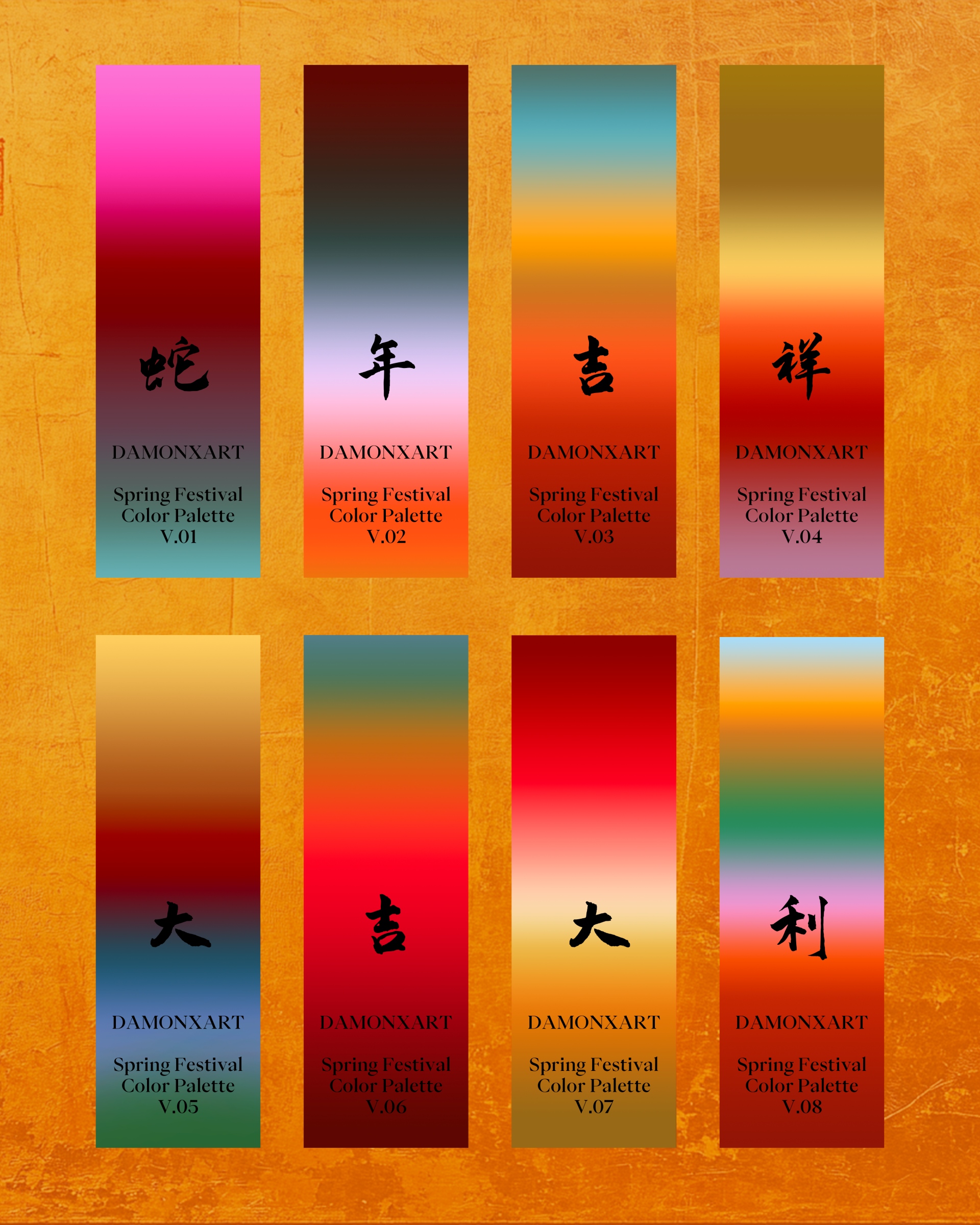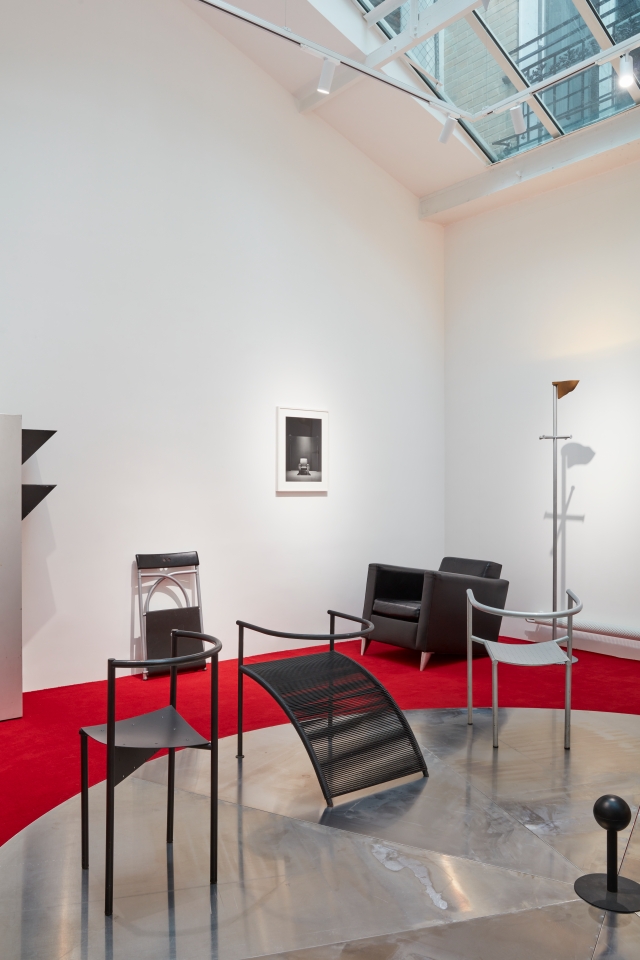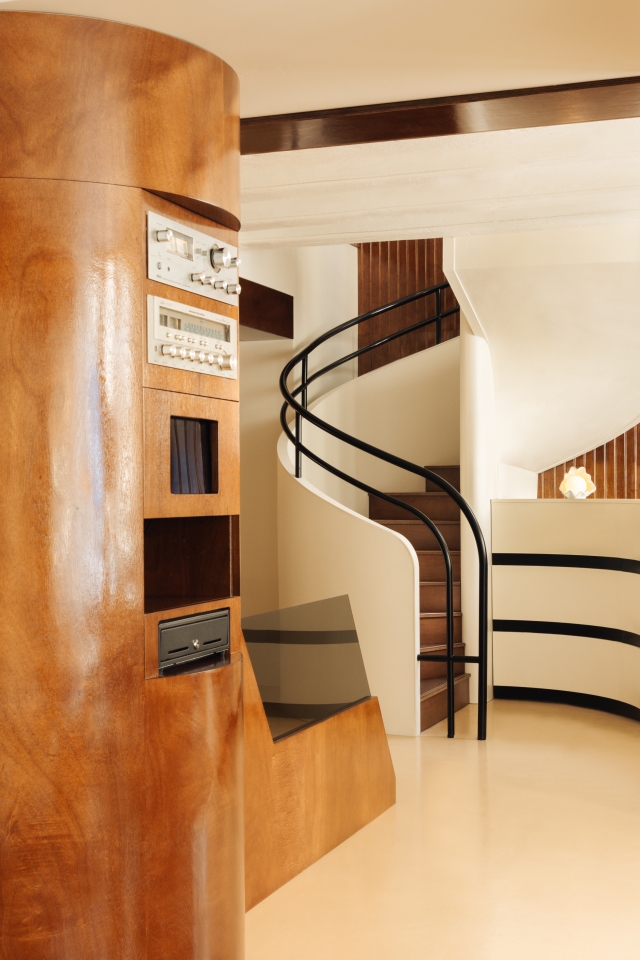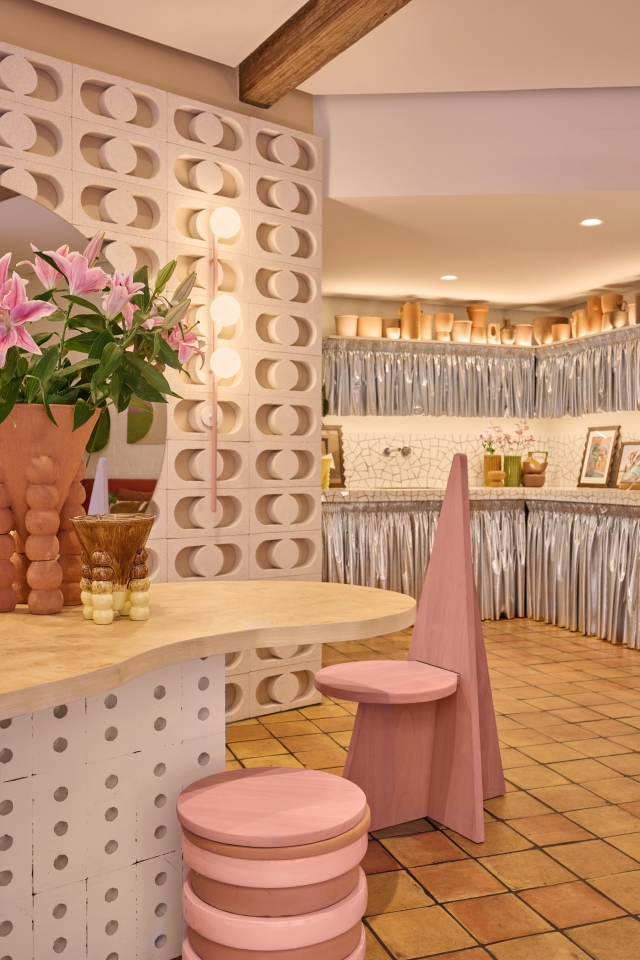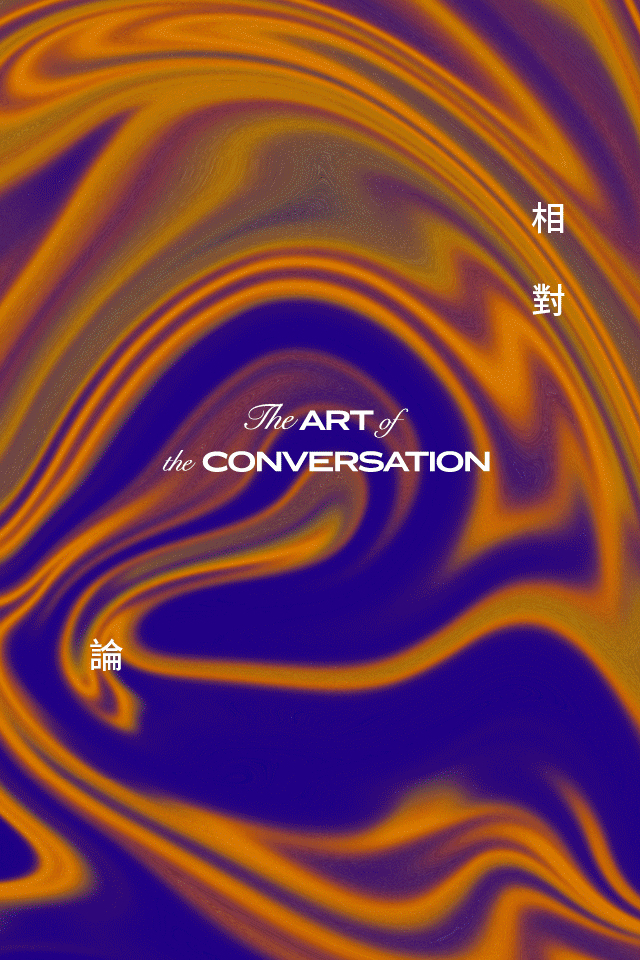Hsieh Chen Lin’s gradient corridors traverse the boundaries between reality and illusion, constructing a surreal sense of space and perspective. These unique perspectives and spatial dynamics guide viewers to tap into their most primal and natural emotions. His work also explores materials such as glass and metal by combining fluid geometric shapes, eye-catching gradients and interesting lighting effects. To date, he has collaborated with companies including Apple, Samsung, and Adobe, creating digital artworks, physical metal pieces, and art installations.
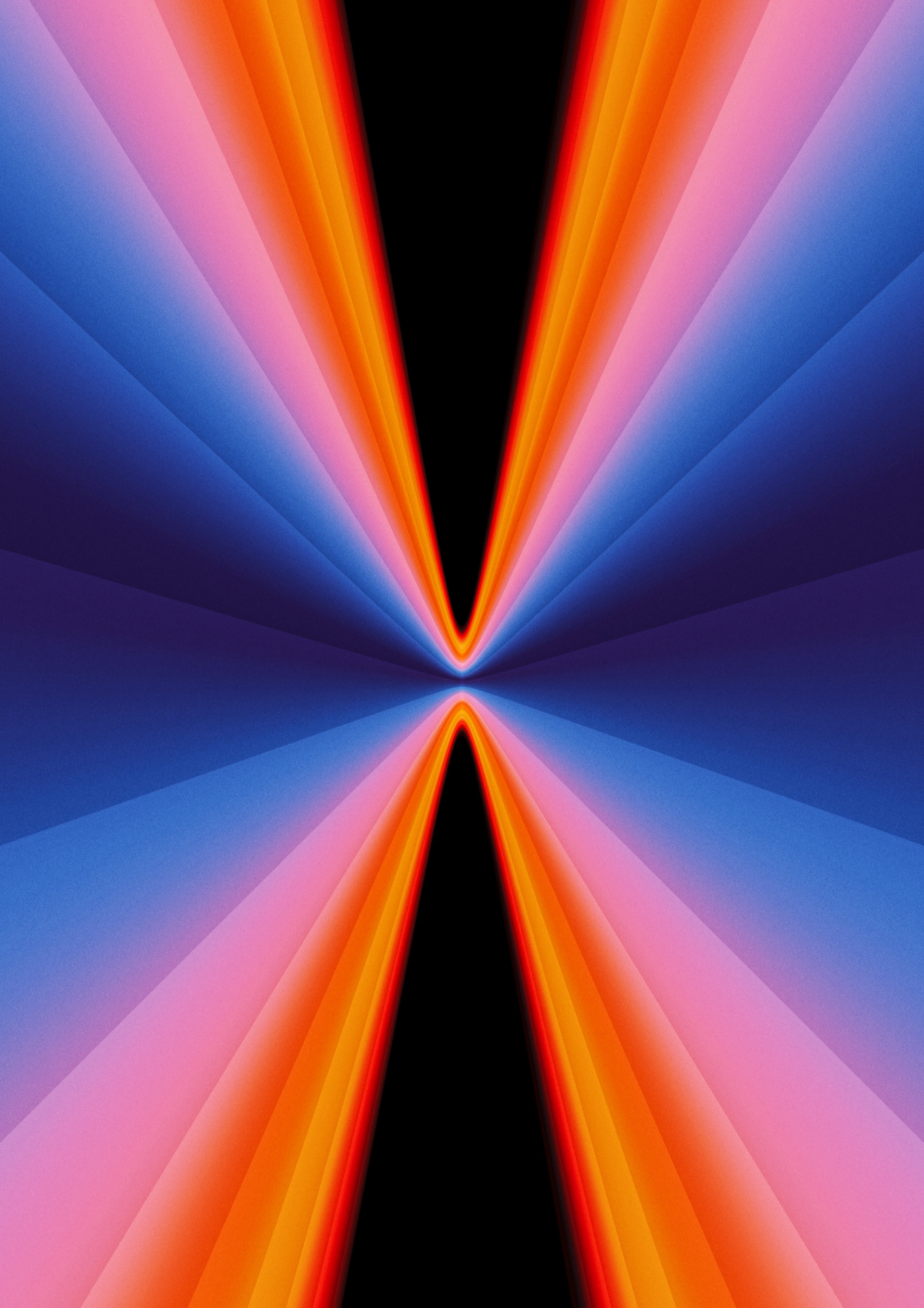
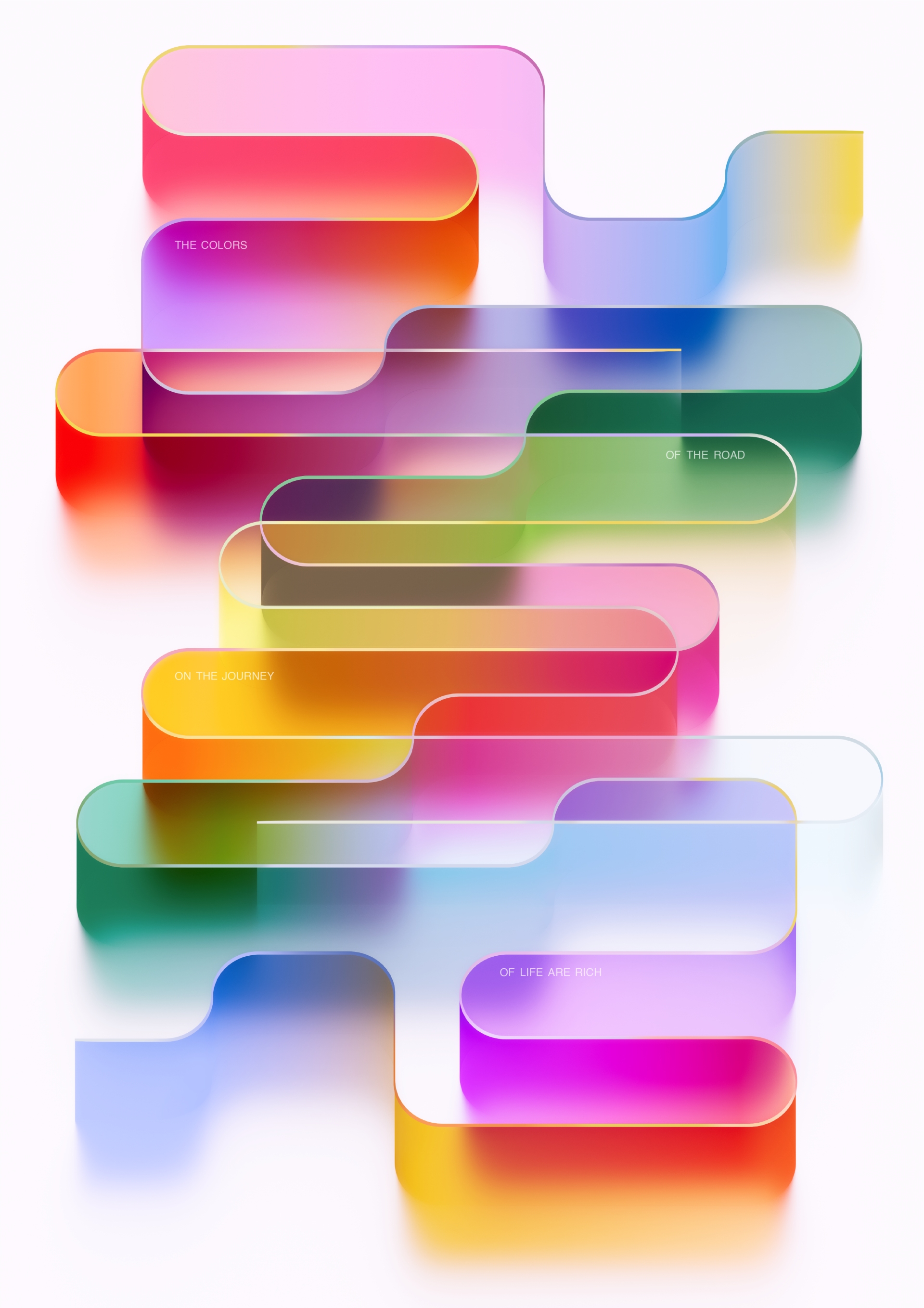
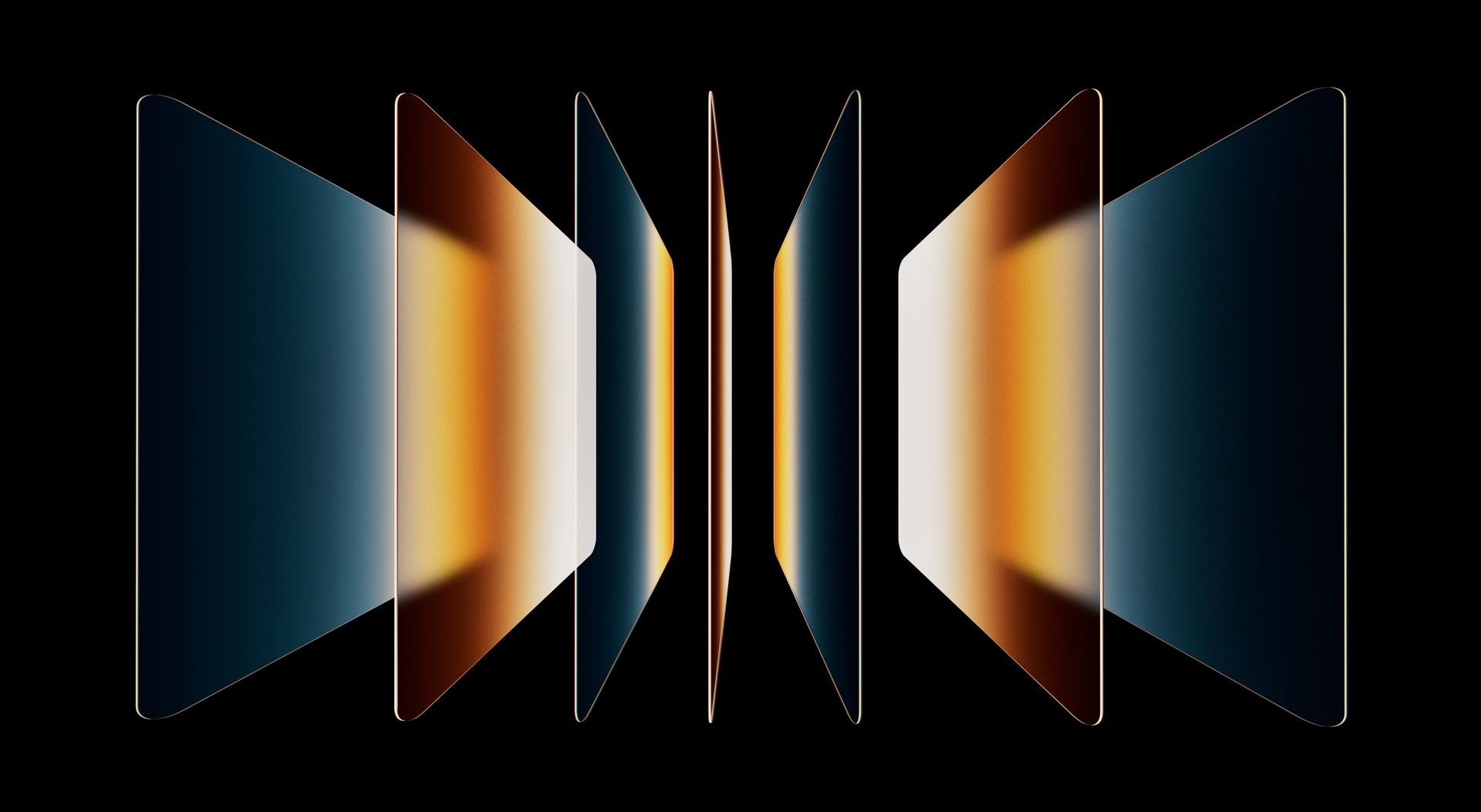

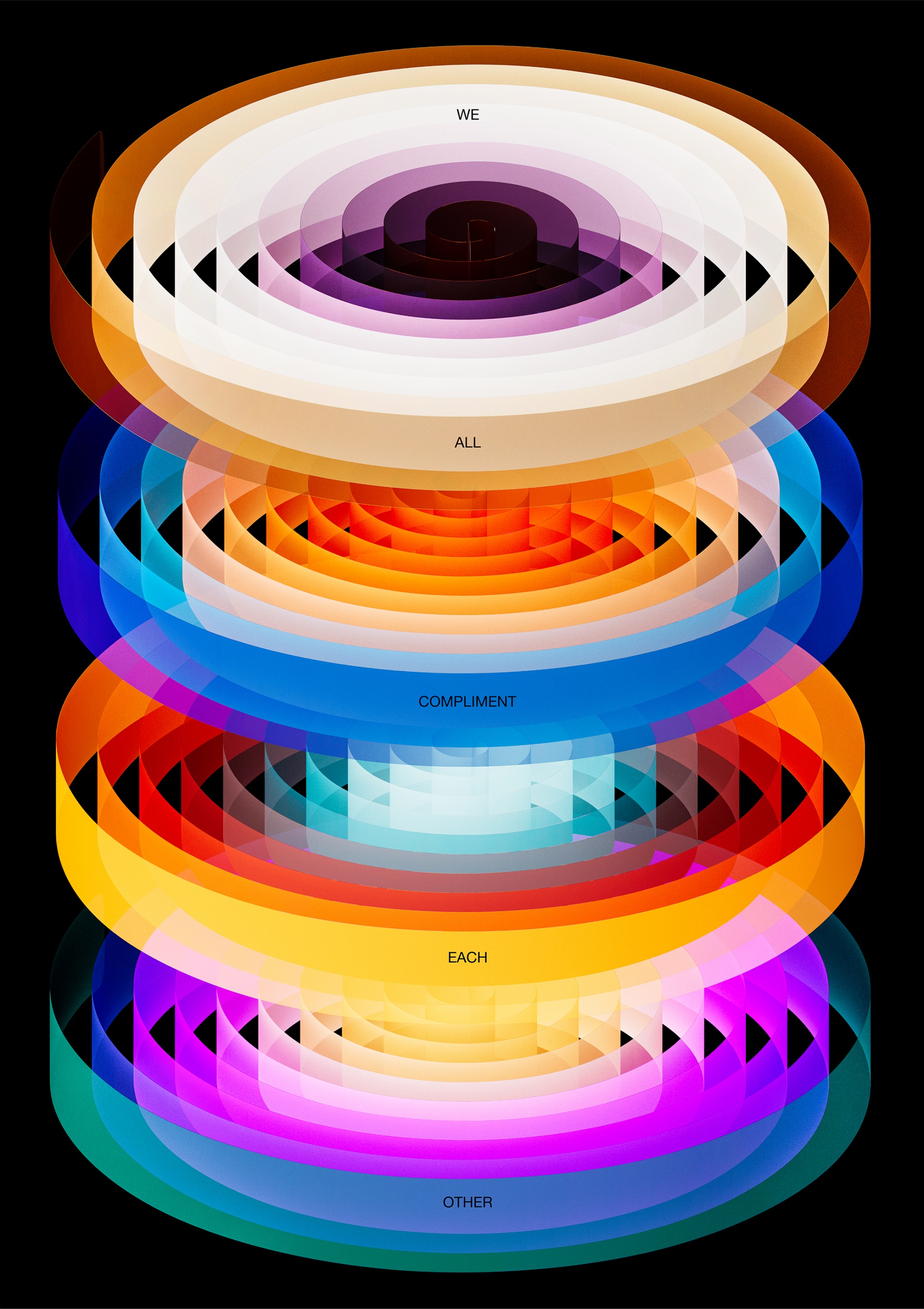
Tell us more about yourself and how did you get started in digital art?
I worked as a visual designer and art director at a motion design company for two years before deciding to focus on my own creative work. Initially, I specialized in poster design, but over time, my style continued to evolve - from graphic design and illustration to 3D design - gradually developing multiple distinctive visual styles.

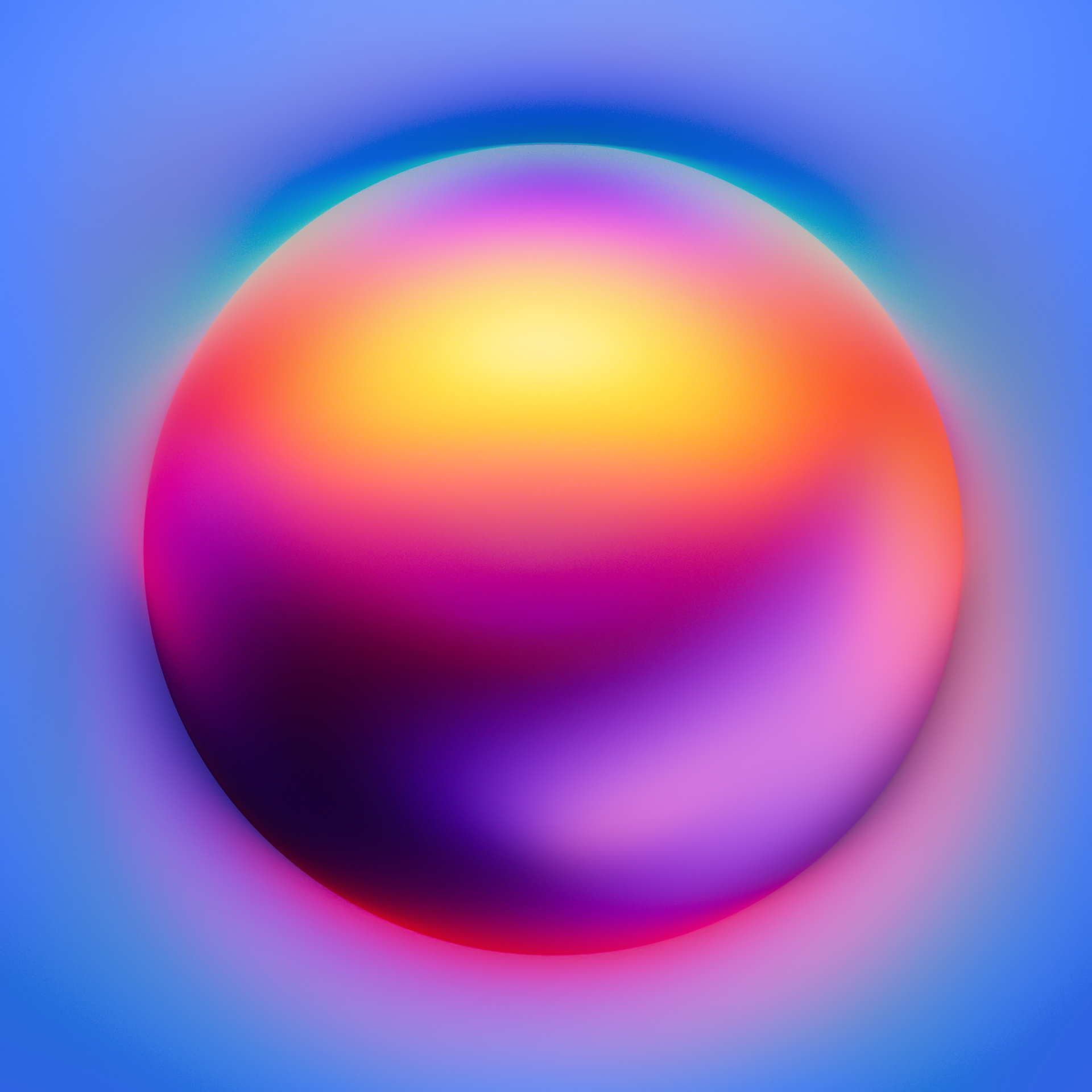
How has your relationship with colour evolved over time, and what factors do you consider when choosing the hues for your work?
I have always been focused on exploring colours, drawing inspiration from various themes and even capturing materials to extract unique colour palettes. Some of the themes I explore include the eight planets, constellations, Kyoto, Barcelona, and the aurora. The colours derived from these themes are categorized into different colour libraries, allowing me to select the most suitable shades when creating new visuals.
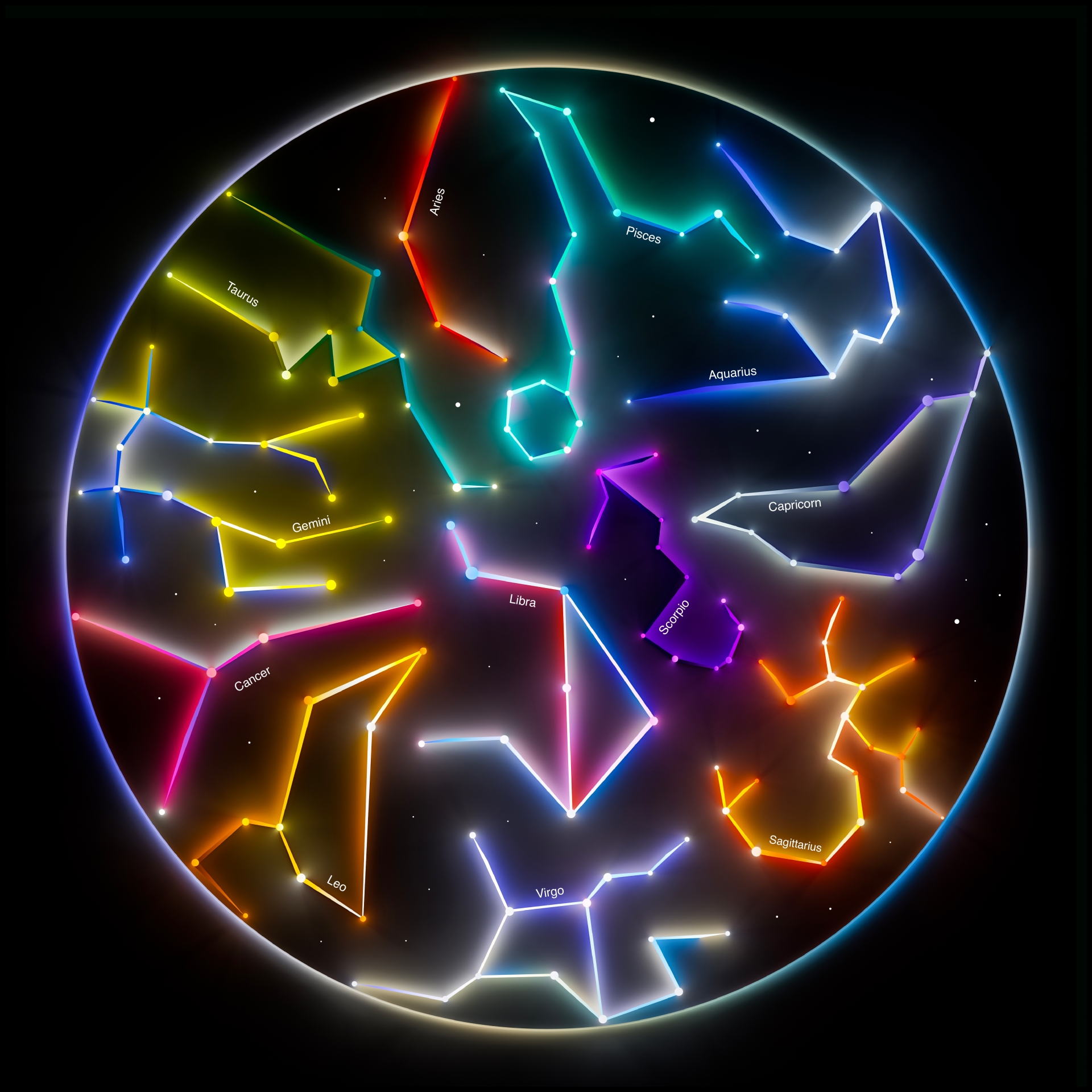
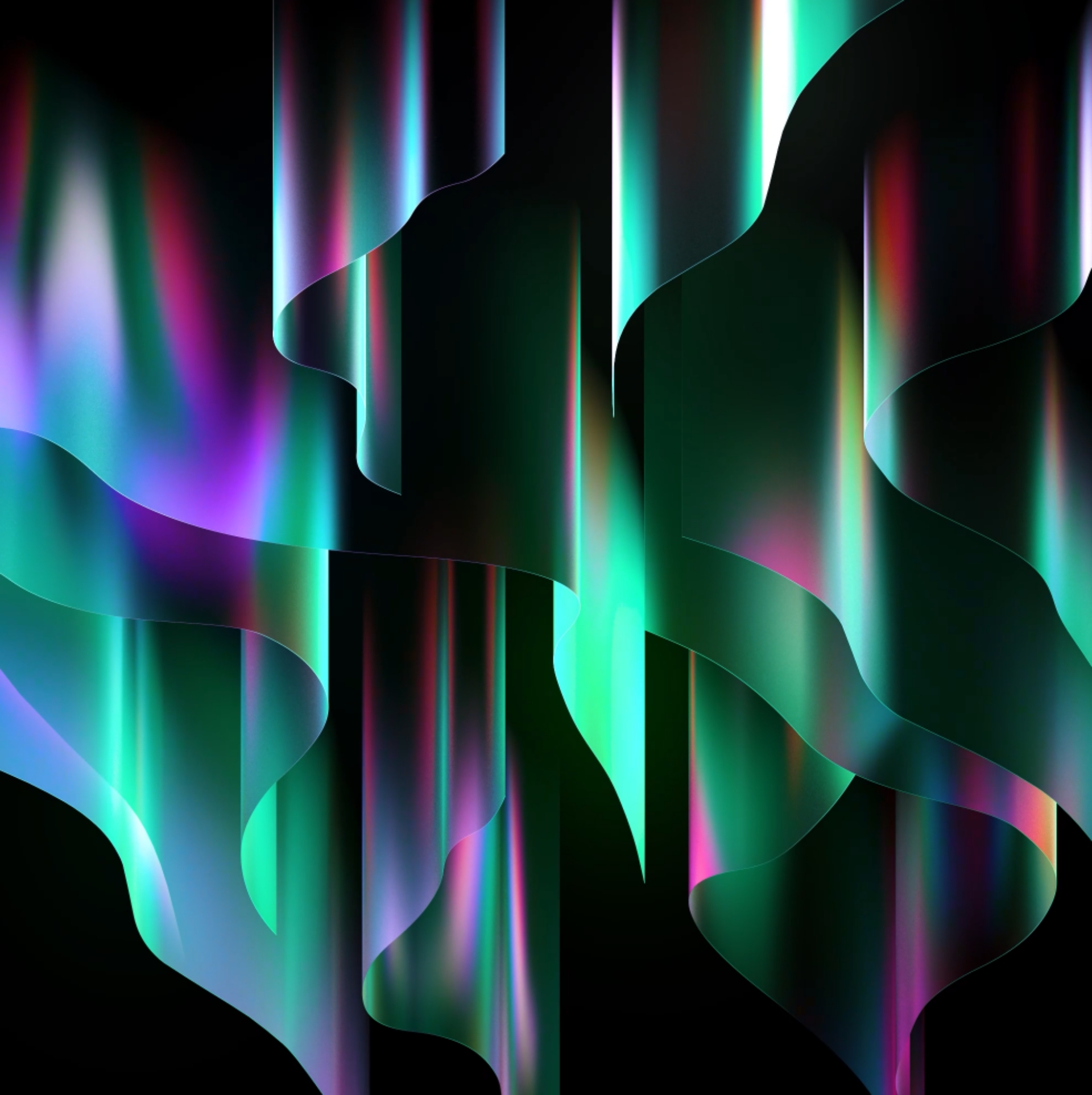
Describe the relationship between your digital creations and their real-world applications, such as your lamp design?
In 2024, I began experimenting with transforming my digital artworks into physical pieces. Throughout my creative process, I have always been passionate about using light to shape visuals or creating visuals with a halo effect. Because of this, my first physical work was a lighting fixture, as it perfectly aligned with my artistic vision. Additionally, for the design, I incorporated the 3D infinite form that I frequently use, ensuring that the piece remained true to my signature style.
How do you ensure that the essence of your digital work is preserved when creating physical objects?
When creating digital artwork, I apply the principles of real-world lighting to my lighting setup and composition. Therefore, in the process of transforming my work into physical pieces, I continuously strive to replicate the materials simulated in software. Elements such as the transparency of acrylic and the accuracy of painted colours must be faithfully reproduced. Since colour is the core of my artistic vision, I am extremely meticulous and focused when it comes to colour precision, ensuring that every detail is perfectly captured.
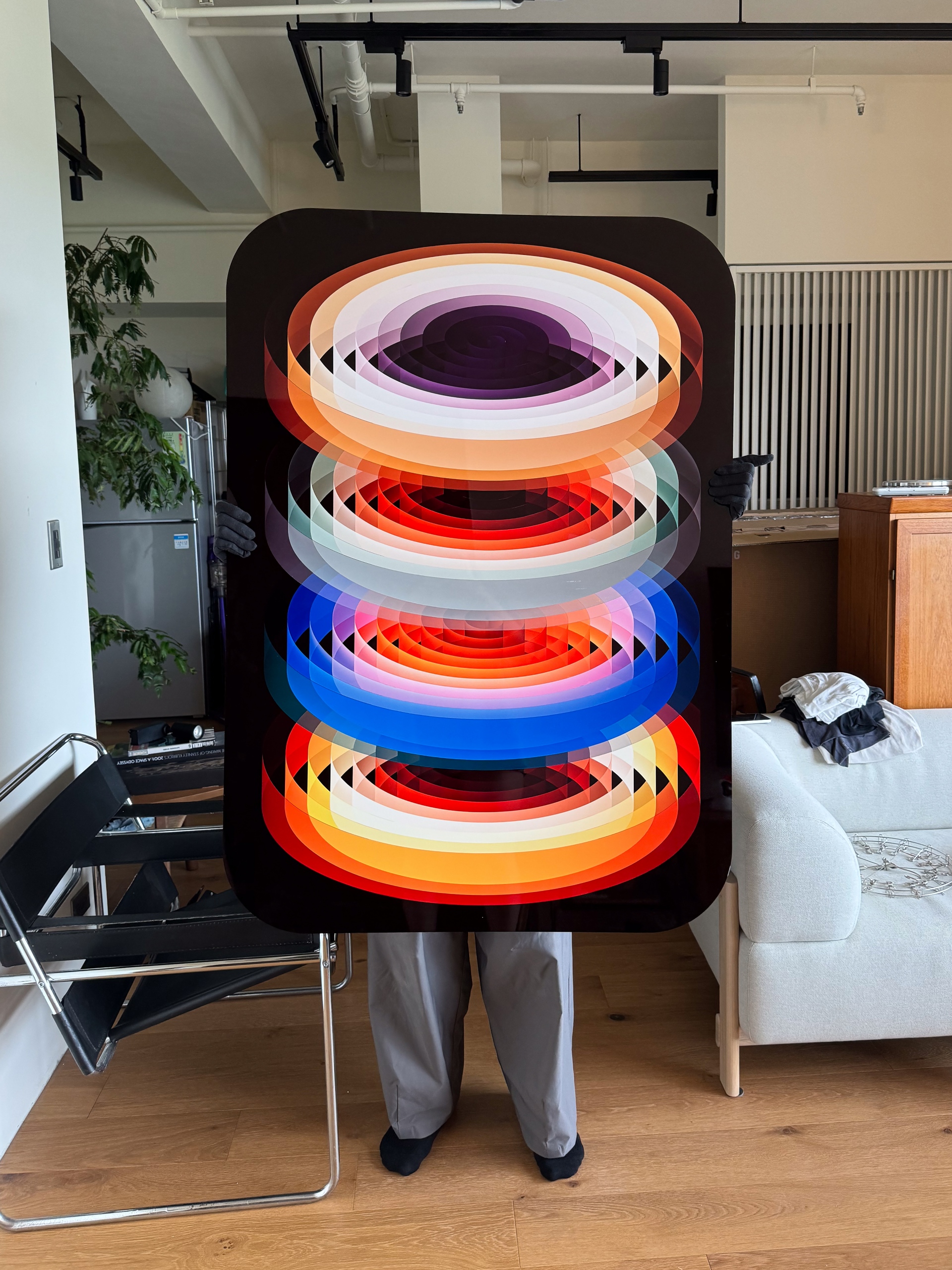
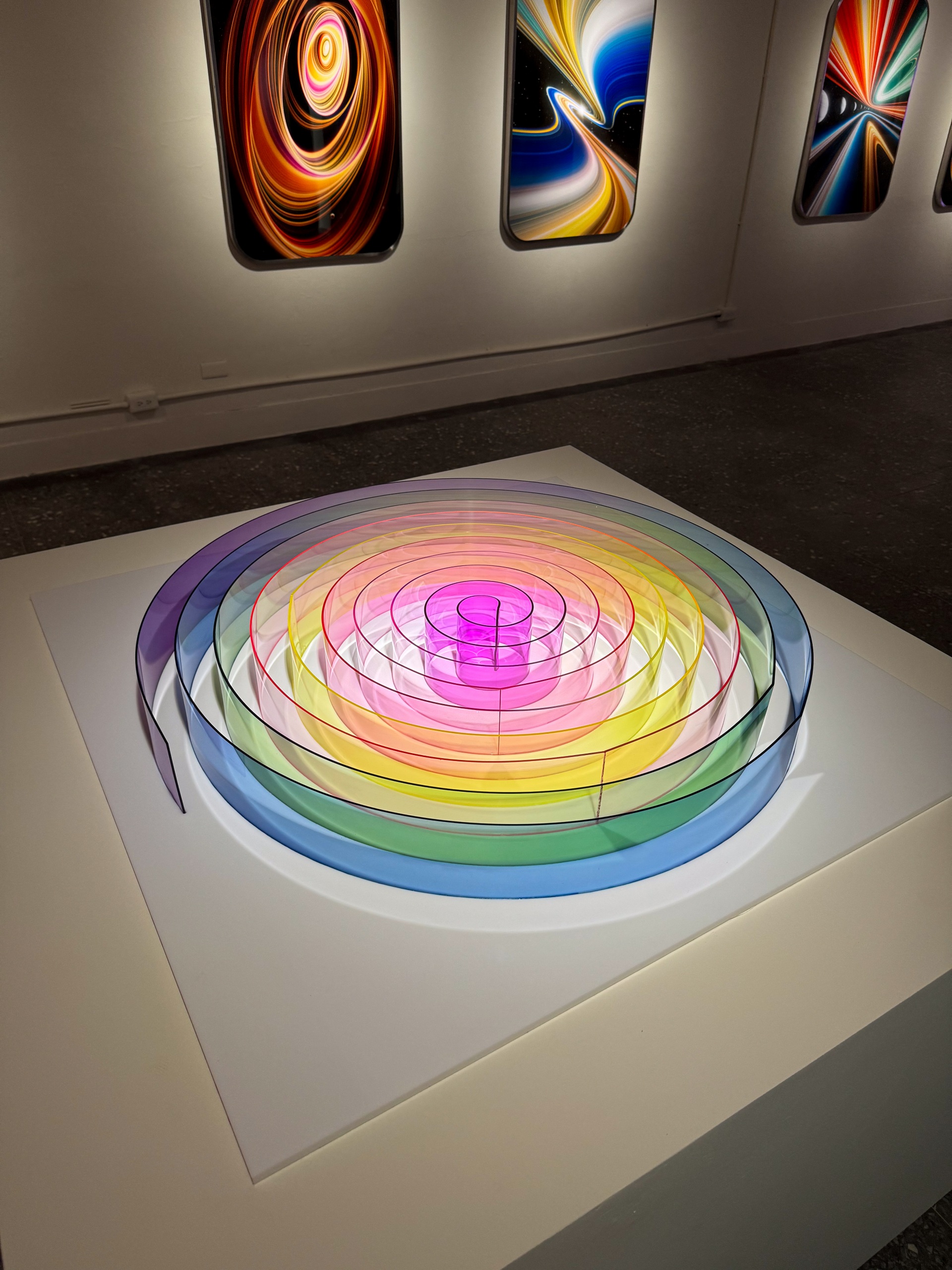
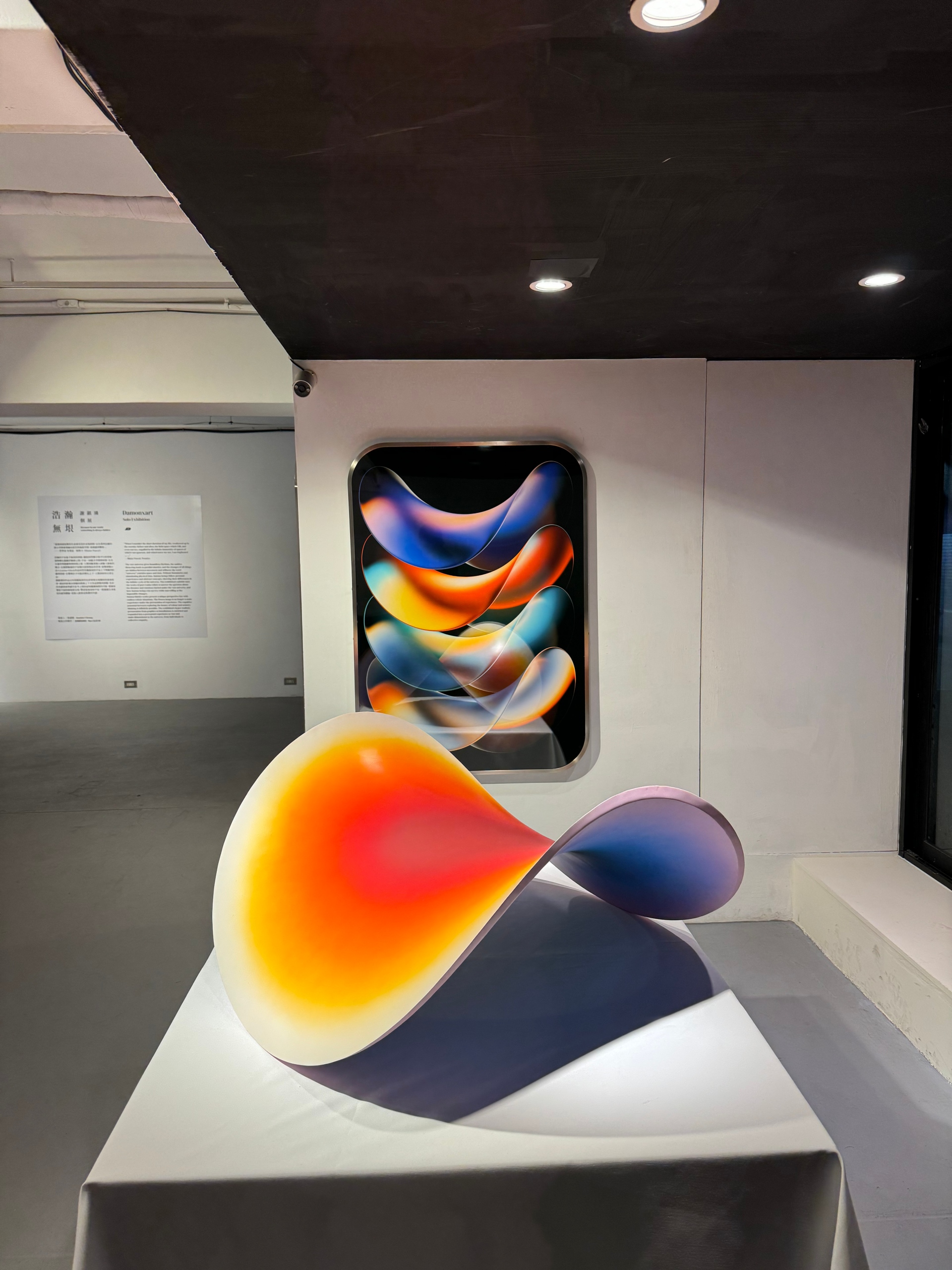
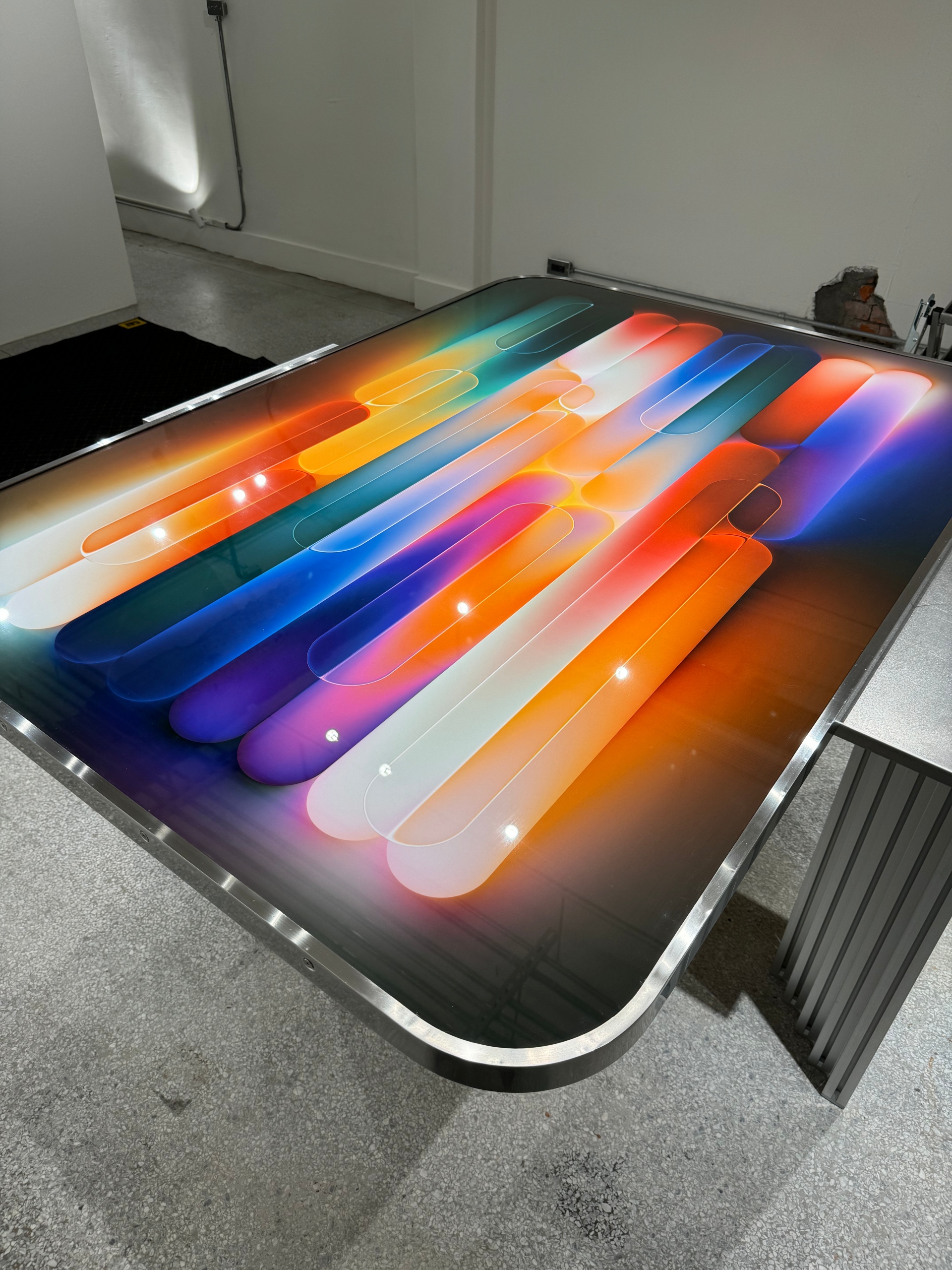
Who are some of the artists or creators you admire?
In the realm of art installations and artistic experiences, I deeply admire the Icelandic artist Olafur Eliasson. He excels in using colour and light to deliver unique and profound sensory experiences that immerse the audience. In the field of digital creation, I greatly appreciate the works of the Spanish artist Six N. Five. His mastery in digital art is exceptional, with pieces that are full of beauty and creativity, making it hard not to be captivated every time one views them.





Tell us about a time when you faced a creative block and how you overcame it?
I once encountered a bottleneck during my graphic design creation phase. Although I really appreciated the beauty that graphic design brought, I was unable to create visuals that were closer to real-world lighting effects. It was during this phase that I decided to learn 3D software, aiming to break through and overcome this challenge.


Can you share any upcoming projects where you will merge digital art with physical design?
I am preparing a projection device that simulates the colour changes in the brain during sleep. The device will simulate the four stages of sleep: rapid eye movement (REM), dreaming, light sleep, and deep sleep, using colour changes to represent the brain's visual experience. The projection will be displayed on a circular wall, enveloping the audience, guiding them through an immersive experience of dream colours with the changes in sound and visuals.
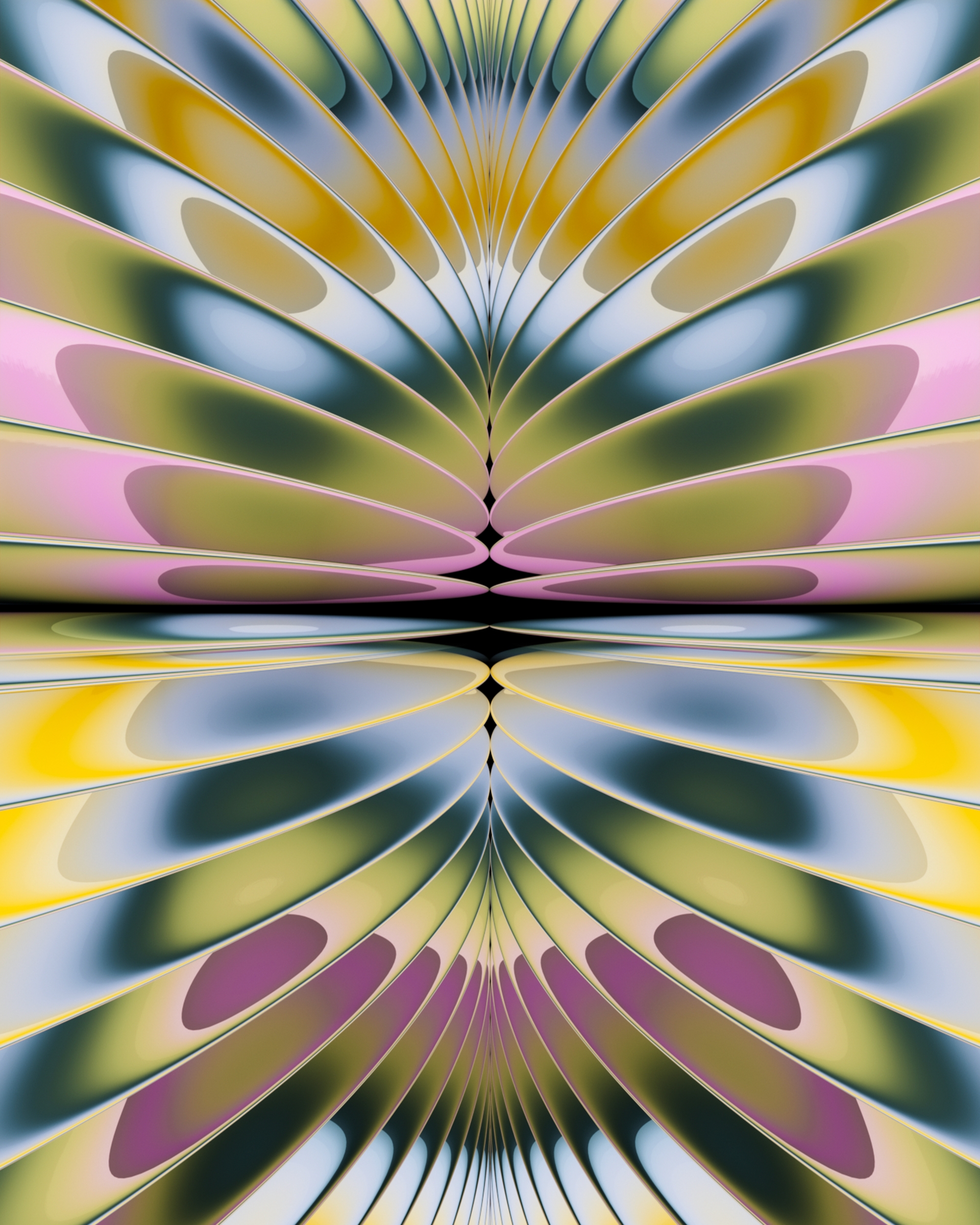


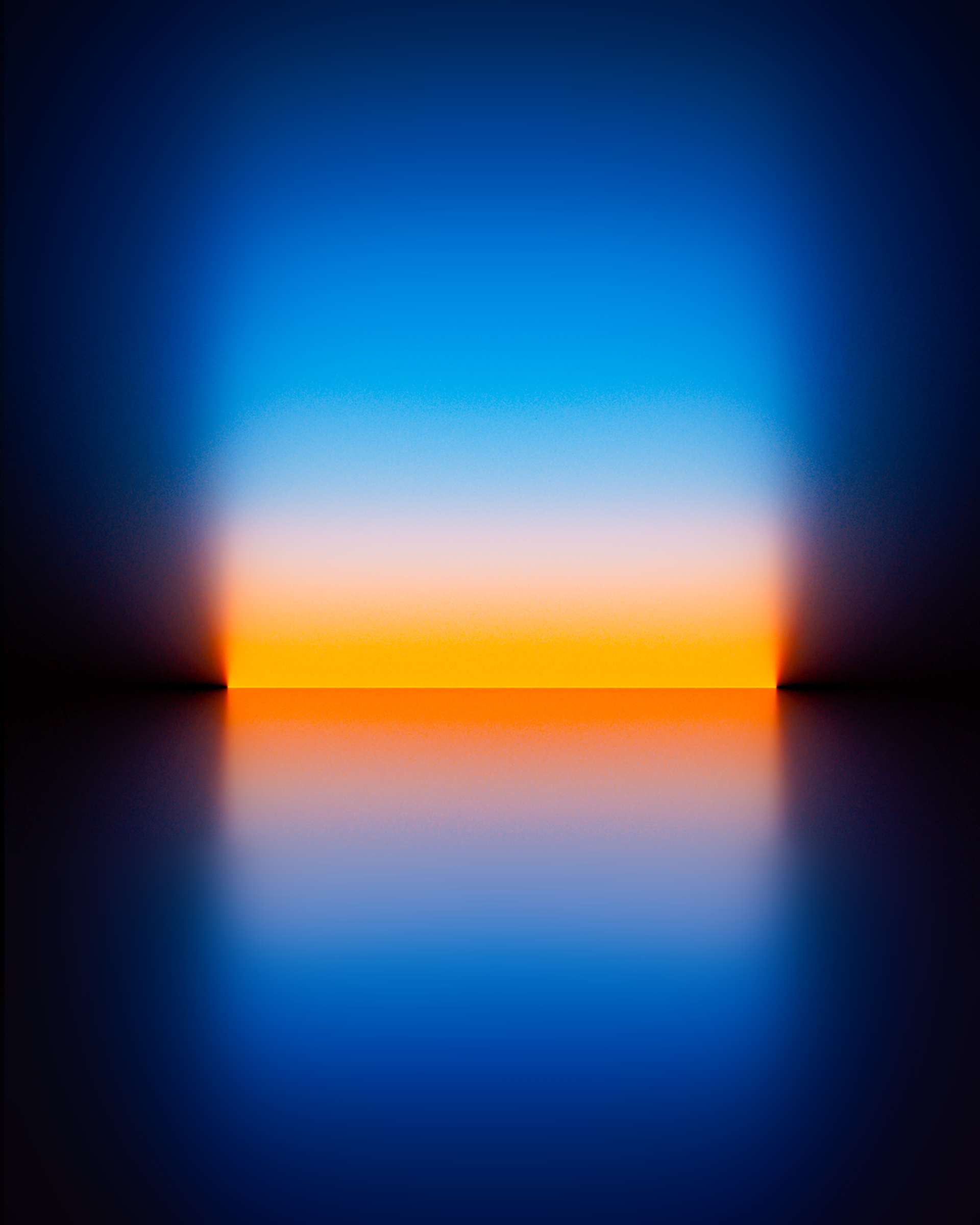
How do you think the boundaries between digital and physical art will evolve in the future?
I believe there is no boundary between digital and physical realms. Digital can seamlessly integrate with and present in the physical world, whether through projection, interactive art, or physical installations. These forms complement each other, sparking more creative ideas. Therefore, I believe the integration of digital and physical will only become more prosperous in the future.
